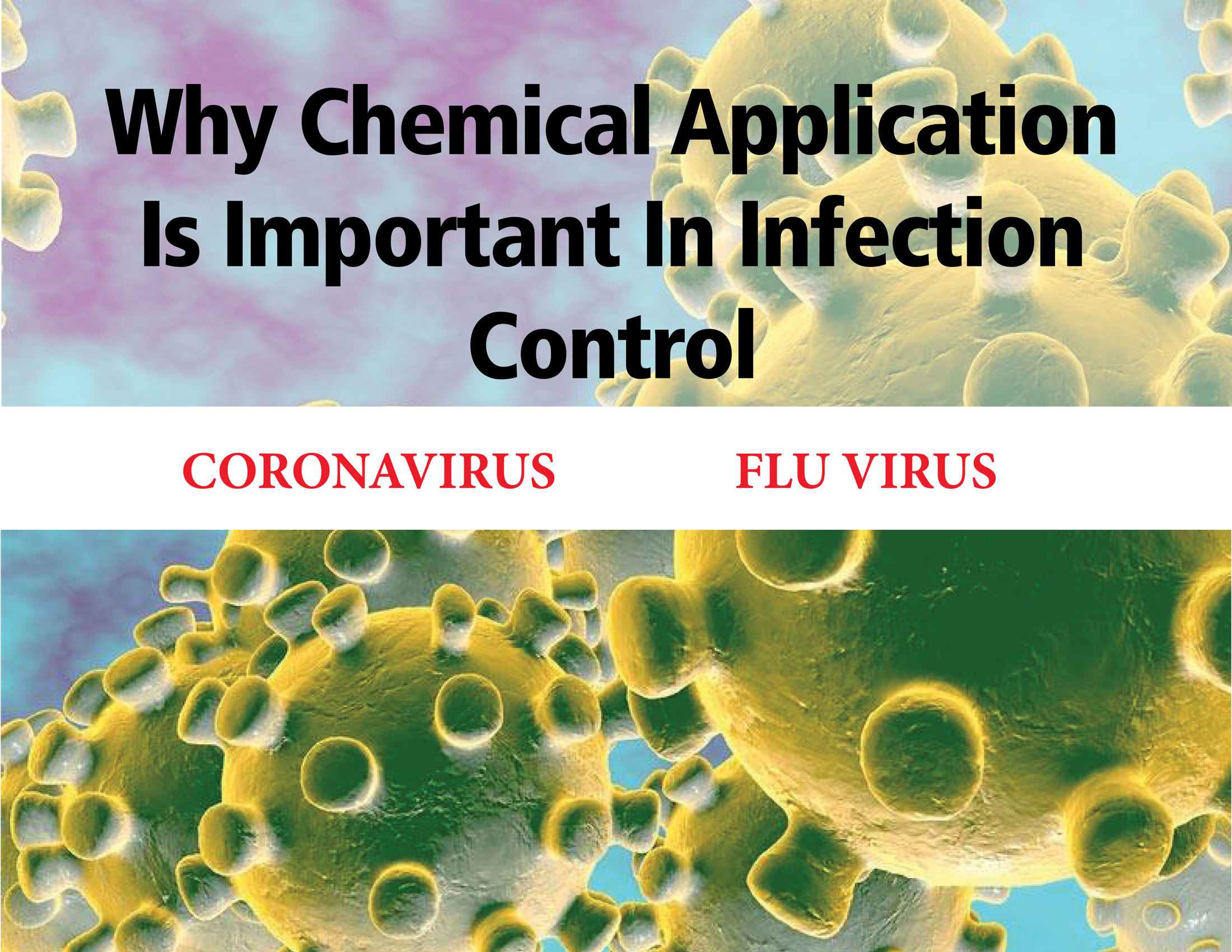
The rise of the Wuhan Coronavirus, known as the 2019-nCoV, has shifted public attention to infection control. While the public’s focus is on the 2019-nCoV, the flu season is still a more imminent threat. The flu has infected 19 million people and resulted in 10,000 deaths as of January 25, 2020.
Both the 2019-nCoV and flu are contagious viruses that cause respiratory illnesses. As of February 5, 2020, the 2019-nCoV has infected 12 people in the United States, and more than 24,000 people in China.
Influenza is on the periphery for many people, despite the flu being a more immediate threat. Unlike the 2019-nCoV, which has no vaccine, concern about Influenza ends with a trip to the doctor for a flu shot.
How Do Coronavirus and Influenza Spread
Coronavirus
Coronavirus spreads through “respiratory droplets produced when an infected person coughs or sneezes” While not much is known about the 2019-nCoV, other human coronaviruses spread through:
- The air by coughing and sneezing.
- Close contact with others.
- Touching a surface contaminated with the virus and then touching your mouth, nose, or eyes.
Influenza
The way that the flu spreads makes it challenging to control. The flu spreads by “droplets made when people with flu cough, sneeze or talk. These droplets can land in the mouths or noses of people who are nearby or possibly be inhaled into the lungs.”
Importance of Infection Control
Is there a cost associated with improper infection control?
The flu accounts for billions in healthcare costs. In 2017, CNBC estimated that the annual direct cost for hospitalization and outpatient visits was 10.4 billion dollars. That estimate doesn’t cover the financial impact of the flu on businesses and schools from absenteeism.
Effective infection control can limit the spread of germs and help reduce the costs associated with being ill. Infection control is also a matter of public health. Most people with the flu will miss a few days of work or school and use an over-the-counter medication to recover. While the flu is low risk for most people, other populations are at high risk for flu complications.
How to Stop the Spread of Disease
Individuals can take measures to protect themselves against viruses like the flu or 2019-nCoV. With both the flu and 2019-nCoV, individuals need to practice good hand hygiene. As protection against the flu, people are encouraged to get a flu shot at the start of the flu season. Facilities can control the spread of disease through proper cleaning and disinfection.
Disinfecting High-Touch Surfaces
When people with the flu cough or sneeze, their droplets spread into people’s mouths but also onto surfaces. High-traffic areas tend to have a higher frequency of the flu virus present.
Disinfection shouldn’t start at the onset of an outbreak. Facilities need standard cleaning and disinfecting procedures in place all year, with cleaning and disinfecting increasing when outbreaks happen. Facilities require a solid foundation based on standard janitorial procedures as a protective measure before the outbreak of any illness.
Establishing these routines requires a multi-faceted approach. Facility maintenance managers need to select effective cleaning products, set standard cleaning and disinfecting procedures, and train janitorial staff. All these factors often cause building managers to overlook the importance of the proper chemical application.
Proper Chemical Application
Chemicals are the focus when it comes to infection control, but it’s not the only aspect to consider. The tools used to apply chemicals are important too.
Trigger sprayers are the most popular. People choose trigger sprayers, not because they are the best option, but because they are convenient and cheap.
While trigger sprayers are the go-to option for many, they aren’t the best choice. Pressure sprayers are far superior in multiple aspects, from productivity to chemical coverage. Trigger sprayers limit the user’s ability to achieve the correct chemical ratio, cause hand-fatigue or conditions like trigger finger, and slow the user down.
Pressure Sprayer for Adequate Chemical Coverage
Trigger sprayers cannot spray hard-to-reach areas, increasing the risk of the outbreak of infectious diseases. A trigger sprayer’s inability to provide adequate chemical coverage has consequences. Adequate coverage of high-touch surfaces is critical to stopping the spread of infectious illnesses like the 2019-nCoV or the flu.
Benefits of Using Pressure sprayers for Cleaning and Disinfecting:
- Holds more chemical than trigger sprayers
- Covers a surface with product faster and more uniformly
- Reduces finger fatigue
- Seal compatibility—match the sprayer to the chemical for increased longevity.
- Produces less waste
- Foaming sprayers allow for dwell time
Infection Control is Multi-Faceted
Individuals and facilities play a crucial role in stopping the spread of disease. Facilities cannot control individual behavior and must implement effective disinfection procedures. Something as simple as sprayer doesn’t seem significant, but choosing the right sprayer can mean the difference between a healthy and an unhealthy environment.
